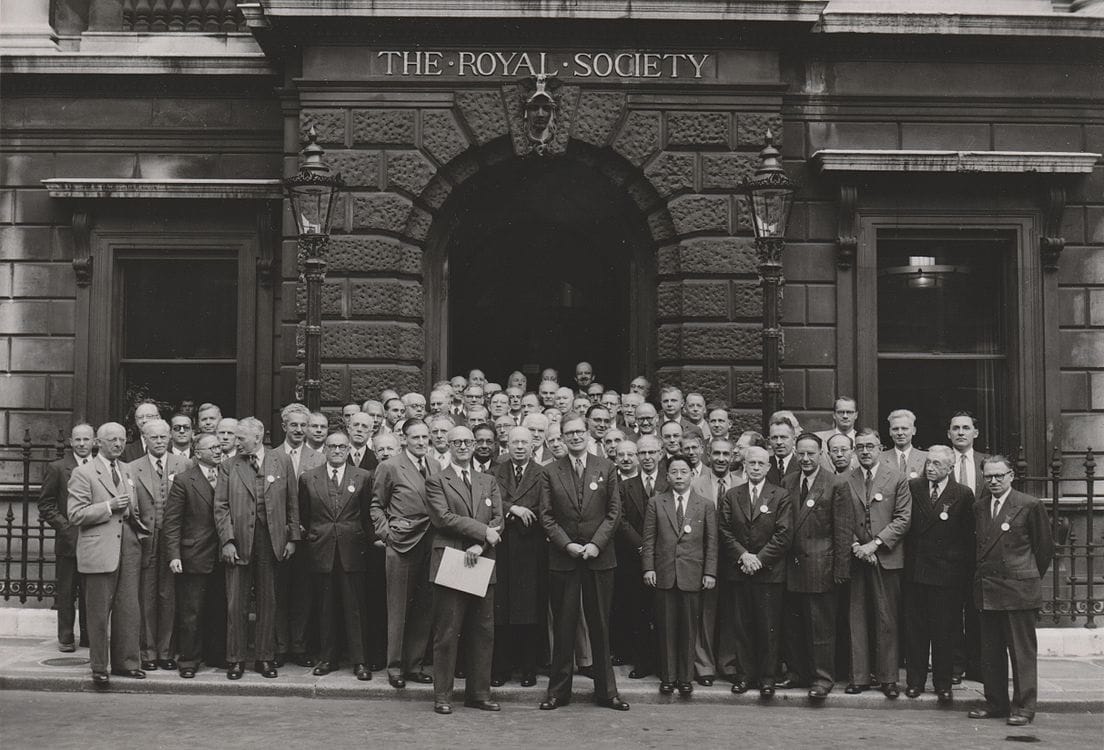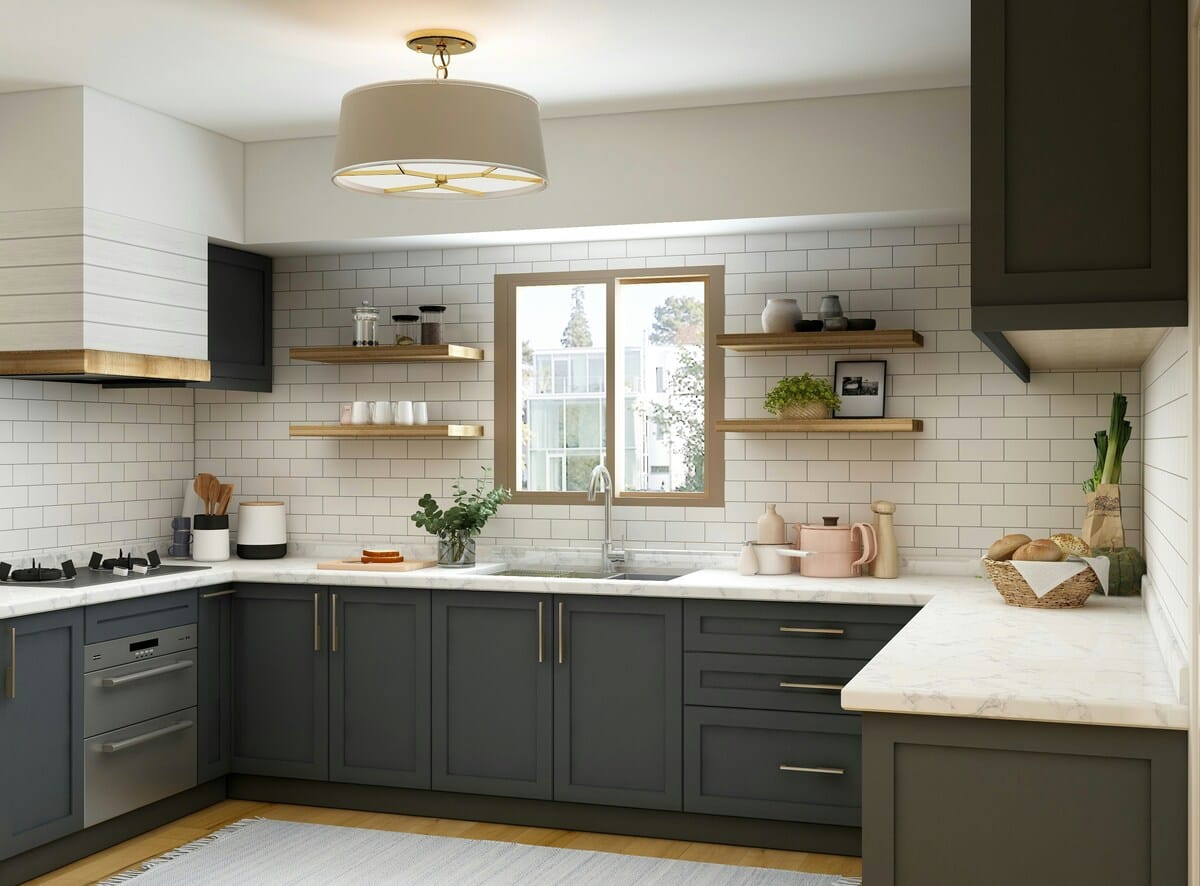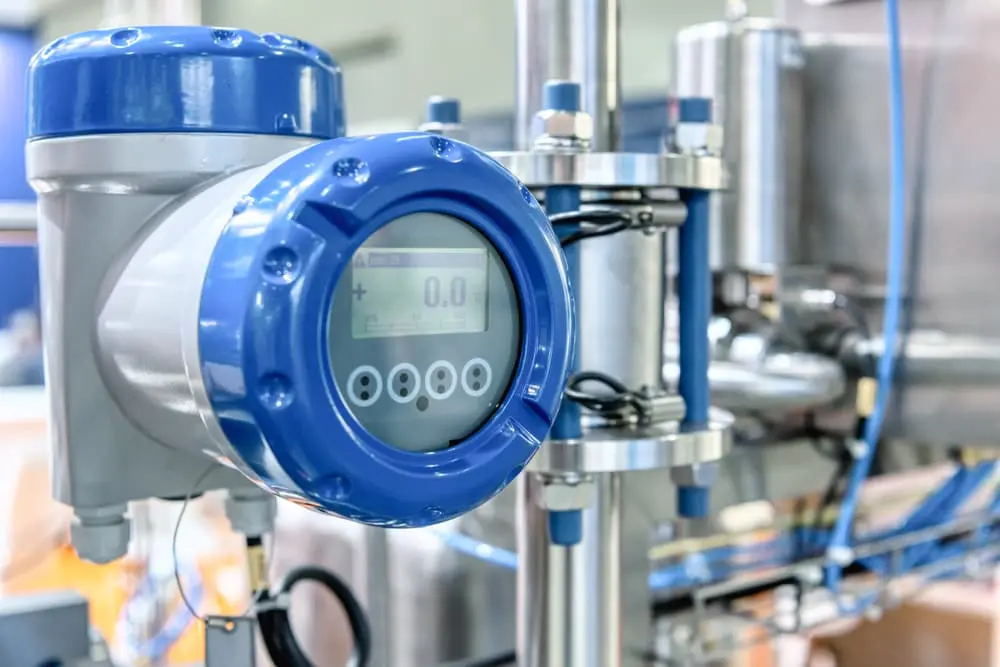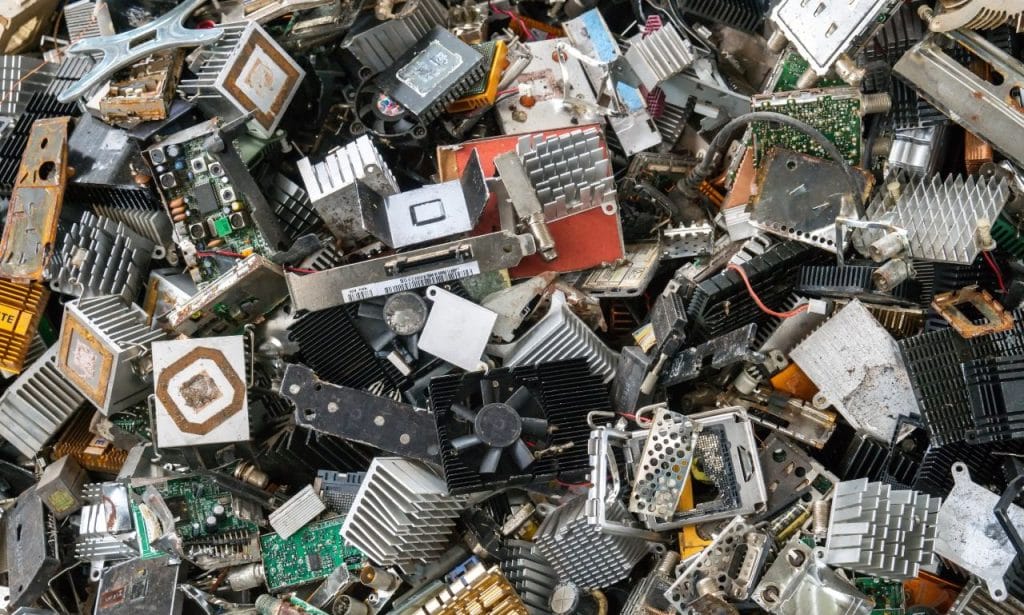
Interior painting can be a costly endeavor, often surprising homeowners with its price tag. While many factors contribute to the expense, understanding why interior painting is expensive can help homeowners make informed decisions and appreciate the value of professional services.
- Quality Materials: One of the primary reasons for the high cost of interior painting is the use of quality materials. Professional painters often invest in high-grade paints, primers, and tools to ensure a flawless finish. These materials come at a premium but result in better coverage, durability, and overall aesthetic appeal. Additionally, specialized equipment such as sprayers or scaffolding may be required for larger projects, adding to the expense.
- Surface Preparation: Achieving a flawless paint job requires meticulous surface preparation. This involves filling cracks and holes, sanding rough surfaces, and priming walls before applying paint. Proper preparation ensures that the paint adheres evenly and lasts longer, but it also requires time and expertise, contributing to the overall cost.
- Skill and Expertise: Painting may seem like a straightforward task, but achieving professional-quality results requires skill and expertise. Professional painters have years of experience and training, allowing them to tackle challenges such as intricate trim work or textured surfaces with ease. Their expertise ensures a smooth and even application, reducing the likelihood of costly mistakes that may arise from DIY attempts.
- Labor Costs: Labor is a significant component of the total cost of interior painting. Professional painters typically charge for their time based on factors such as the size of the project, the complexity of the job, and the time required for preparation and cleanup. Additionally, reputable painting companies often invest in hiring skilled painters and providing them with fair wages and benefits, which can contribute to higher prices.
- Insurance and Licensing: Reputable painting contractors carry insurance to protect both their workers and clients in case of accidents or property damage. They also obtain the necessary licenses and permits required by local regulations. These factors add to the overhead costs of running a painting business, which are reflected in the prices charged for services.
- Customization and Special Requests: Some homeowners may have specific preferences or requests that require additional time and effort from the painting crew. This could include custom color mixing, intricate stenciling, or painting intricate designs or murals. Such customization adds to the overall cost of the project but can result in a unique and personalized living space.
- Cleanup and Disposal: Once the painting job is complete, there is still the task of cleanup and disposal of leftover materials. Professional painters are responsible for tidying up the work area, removing tape and drop cloths, and disposing of empty paint cans and other waste properly. While this may seem like a minor aspect, it adds to the overall cost of the service.
While interior painting may appear expensive, it offers numerous benefits that justify the investment. Professional painters deliver high-quality results, use premium materials, and provide peace of mind through their expertise and commitment to customer satisfaction. By understanding the factors that contribute to the cost of interior painting, homeowners can make informed decisions and appreciate the value of professional services in enhancing their living spaces.






